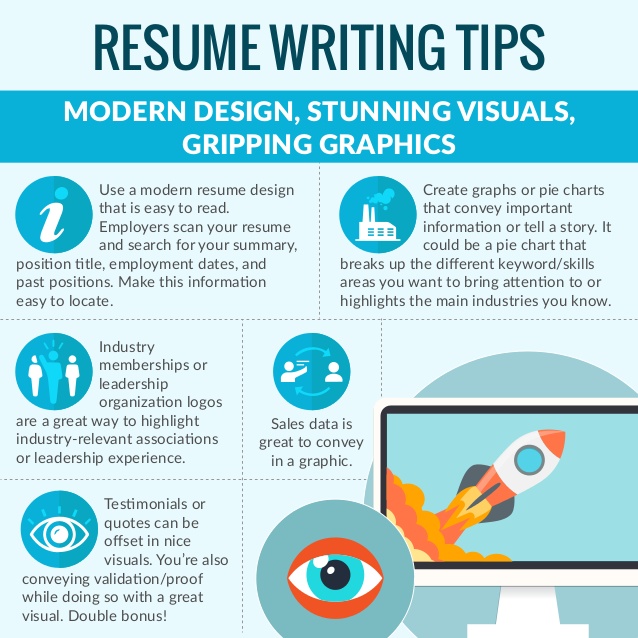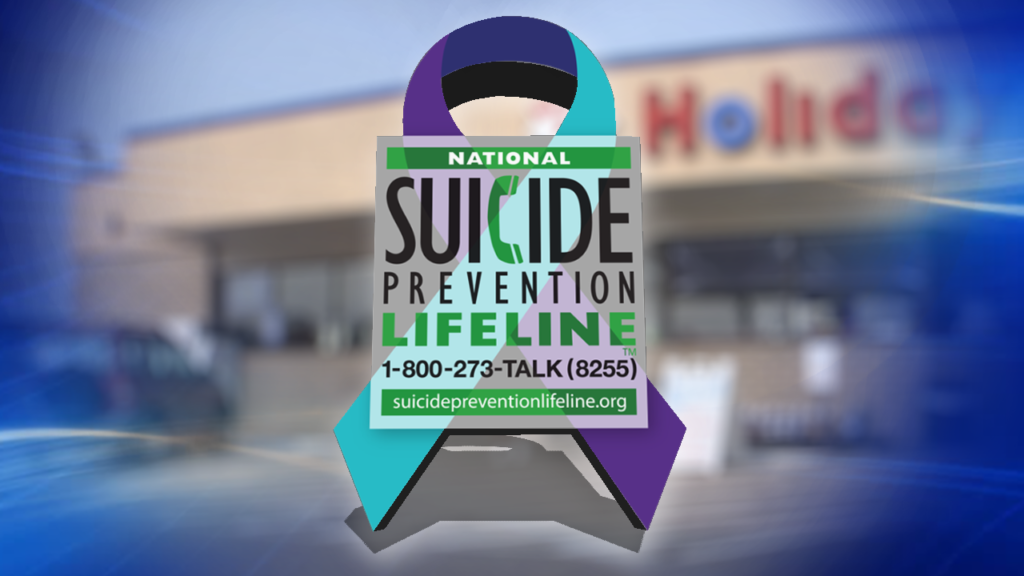Putting together a professional career takes the right resume so you can succeed in getting an interview for the job of your dreams. Hiring managers and recruiters will typically spend about 6 seconds to review a resume before determining if you have what it takes to proceed for further evaluation, interview, and hopefully hiring you. A single job posting might attract thousands of resumes so it puts a lot of pressure on a single piece of paper that determines if you’re going to move forward in the job search process. You have to qualify for the Olympics, before you win a medal.
Instead of going line by line through each resume, a clear and effective career summary packed with your most sought-after skills, abilities, accomplishments, and attributes is the key to getting noticed.
6 steps to creating a winning resume
1. Conduct research on your ideal job
The more closely you can target your profile to the employer’s needs, the better your results will be. Start by searching jobs for your ideal position. Compare the ads and write a list of common job requirements and preferred qualifications. Do not forget obvious keywords, buzzwords and standard industry lingo for your description by using ‘parroting’ to copy the exact terms that relate to your experience.
Emphasize the value you’ll bring to your prospective employer. Check out the company’s recent announcements and culture and study the job requirements so you have a better understanding about their overall vision and can share thoughts on why you’re a good fit. Find the companies biggest areas of improvement and see how you can support the employer if you were offered the job tomorrow. Hiring managers are impressed when candidates can demonstrate their dollars-and-cents value, rather than give generic explanations of why they’re good employees.
2. Assess your credentials
Based on your research, how do you measure up? How would you help potential employers meet their goals? Besides the qualifications described, do you offer any added bonus? If you are lacking in one area, do you make up for it with other credentials?
Many people have a hard time taking a step back, looking at themselves in the mirror, and scrutinizing what they see. Have you ever stopped to ask yourself what makes you so awesome at your job? More important: Have you ever adequately answered that question? Think through what skills they bring to employers, many underestimate or overestimate their skill set. Neither scenario is a good look, but the former could remove you from the running sooner. At the same time if you underestimate your skills, you might also undercut your value.
Looking for a good starting point? Make a list. Refer back to the job posting of your current position, and see what skills were mentioned as requirements. Most likely, you’ll find it easiest to pinpoint hard skills, like computer literacy or fluency in a foreign language, because they’re the things you’ve learned through schooling or training, and are often tied directly to your work experience or degrees and certificates you’ve earned. When writing down your hard skills, it’s important to drill down to specifics. For example, instead of just telling a hiring manager that you’re proficient at Excel, talk about what Excel tools you’ve mastered. Do you know how to create pivot tables? Build macros? Write formulas? The more specific, the better.
Beyond your technical know-how, some of the most important professional skills can’t be taught in a classroom or measured on paper. These soft skills include analytical thinking, verbal and written communication, and leadership. Often times employers actually care more about soft skills than they do technical abilities like reading comprehension and mathematics. Most companies require training even if you “know” a hard skill, because the procedure or way they use that skill will be unique to that company. So think about what soft skills are in your repertoire, and focus on how you’ve applied those skills. How have you proved yourself to be a team player? How have you resolved conflict with co-workers? How do you adapt to unexpected challenges?
A good indicator of your professional skills, is how managers have appraised your performance in the past. When reading old performance reviews, pay attention to not only your strengths but also your weaknesses—and think about what steps you’ve taken to improve in those areas.
A number of employers ask job candidates to take behavior or personality tests like DISC or Myers-Briggs. These self-assessments help you understand your interests, emotional intelligence, values, personality traits, and motivations. As a result, you’ll be ahead of the curve if you take some of these tests on your own.
If you are still having a hard time assessing your skills, get help. Ask your colleagues, instructors, and supervisors what they see as your key qualifications. Review your performance evaluations. What do others say about the quality of your work? Then write a list of your top marketable credentials. One of the best things you can do to impress a hiring manager is to use feedback from other people that endorse your skills.
Once you have a comprehensive list of your skills and some anecdotes of them in action, it’s time to apply them to the needs of companies hiring. You can do that by looking at job postings, specifically from companies and organizations that are at the forefront of your industry as well as taking another look at the research you gathered from Step 1.
Note which skills frequently show up in ads and see where your own professional skills overlap. This will give you a good indication of which of your skills you should highlight on your resume and in your cover letter. Customize your resumes and cover letters for each new job ad you apply to, making sure to use the same keywords that the companies do.
3. Relay the value you bring to the table
The next step is to weave your top credentials into your summary. Keep in mind that the summary helps the hiring manager determine if you should be called for an interview. Include a synopsis of your career achievements to show that your dedication to results is transferable to your next employer. Explain how you would help solve their problems. Ask yourself, “How will the employer benefit from hiring me?”
Using empty buzzwords on your resume like, “I’m a results-oriented, dynamic team player who can multitask,” will have hiring managers wondering if you’re trying to compensate for a lack of skills and accomplishment. The same goes for senior-level job seekers who only seem to mention accolades from the distant past.
Metrics, data, or any kind of stats help recruiters and hiring managers see the impact you made. The right data can make your experience seem more substantial, and send a signal to a recruiter or hiring manager that you’re a serious candidate. For instance, in a “responsibilities” section of a resume, saying “wrote press releases” is fine, but “wrote 10 press releases per week” is much more impressive.
No matter what industry you’re in or what level you’ve reached in your career, there’s always something on your resume that can be enhanced with a number. If you work in sales or finance, you have access to obvious metrics like sales volume, market share and profitability, but don’t forget about people-oriented numbers like customers served, people managed, and performance rank (#1 sales person). Don’t know exact numbers? Use a range. For instance, “edited 5–7 whitepapers per week” or “managed a budget exceeding $500,000.”
The easiest way to find ways to quantify your achievements is to look at how you directly impacted the company’s money, time and people. For money, look at how you cut costs or increased profits—and quantify everything you can. For instance you might include a line that says, “Oversaw an annual budget of $50,000 and cut costs by 15%.” To show how you saved time or improved efficiency, you could say something like, “Revamped warehouse process and reduced production time by 20 minutes.” Demonstrate how your work impacted the people at your company with something like “Managed a team of seven sales people.” Even a small detail like that will help paint a picture of the kind of work you can do, and the level of responsibility you’re able to hold.
Numbers make you seem like a pretty serious candidate. But using them to tell a story of how you made those numbers happen shows that you’re the kind of person a company wants to hire. It’s one thing to say you increased profits, but in what time frame—and with what challenges? Show numbers in context so recruiters can see the impact you made. You could say that you increased sales from $2 million to $5 million in a one-year period. Or, for another example, you could say during a hiring freeze and budget restrictions, you managed to increase productivity by 15%, saving an additional $20,000. Adding some numbers to your current resume shouldn’t take long. Once you’ve done that, make sure you’re tracking achievements at your current job so you’ll be ready when it’s time to re-do your resume again.
4. Add a headline
A headline, or resume title, hooks your readers and compels them to continue reading. A headline should include your job target as well as the main benefit of hiring you.
5. Focus on your goal
The most effective summaries target one career goal. If you have more than one possible objective, consider drafting different versions. Under each position, you should have bullets that state your top achievements, how you saved the company money if you implemented a new process or procedure, and the goals you have achieved. Your profile can also include a bulleted “Key Skills” section, which provides an easy-to-read listing of your core capabilities.
6. Proofread, refine and perfect
First impressions are lasting impressions. Is your summary persuasive and free of errors? Is your tone appropriate for your career field? Avoid empty, generalized statements such as “excellent communication skills.”
The most important thing is that your font is scannable and easy to read, would you ever sign a lease handwritten in crayon? Your best bet is sticking with one of two types of fonts that are extremely legible: serif or sans serif. A serif font has small lines that stick out slightly at the edges of letters; a sans serif font does not.
Because so many recruiters are reading resumes on-the-go, if you want to be extra cautious, it would be smart to choose a font that’s easy to read on a mobile device, which means a sans serif font like Arial, Tahoma, or Calibri. However, with so much being made of “personal brand,” it’s natural to want to stand out or make a statement, you can still have some style, as long as you stay with a resume-friendly fonts.
Calibri is a sans serif font is soft, gentle and modern as well as the default font of many email programs, so it’s familiar to the eye. For legal, operations and corporate jobs, Times New Roman is a formal serif font is still readable electronically and goes with the brick-and-mortar feel of those industries. Arial is a classic sans serif font is a great choice for creative people or those in a marketing field. Verdana, like Arial, is another clean and modern font that’s even easier to read because of the slightly wider spacing. Cambria is another default-type font that recruiters are familiar with, so you can’t go too wrong with it. It’s not as formal as Times New Roman, but it’s just as dependable. More graceful than some of its sans serif friends, Garamond might suit artistic types more than bankers or executives. As its name suggests, Book Antiqua would work well for professions in the arts or humanities. Trebuchet MS is friendly and round which is probably a good choice for creative or marketing fields. If you’re tight on space, Arial Narrow is a modern sans serif that is still legible even in its narrow form. Didot has style and panache, yet it is still readable. It’s probably the most artistic font that’s still professional enough to use on your resume.
Use this resume checklist to help you get a hiring manager’s attention.
You’ll know your resume is up to par if you can answer yes to the following questions:
First impression
-Does the resume look original and not based on a template?
-Is the resume inviting to read, with clear sections and ample white space?
-Does the design look professional rather than like a simple typing job?
-Is a career summary included so the reader immediately knows your value proposition?
-Is the resume’s length and overall appearance appropriate given your career level and summary?
Appearance
-Does the resume provide a visually pleasing, polished presentation?
-Is the font appropriate for the career level and industry?
-Are there design elements (bullets, bolding, and lines) to guide readers’ eyes through the document and highlight important content?
-Is there a good balance between text and white space?
-Are margins even on all sides?
-Are design elements like spacing and font size used consistently throughout the document?
-If the resume is longer than a page, does the second page contain a heading? Is the page break formatted correctly?
Resume sections
-Are all resume sections clearly labeled?
-Are sections placed in the best order to highlight your strongest credentials?
-Is your work history listed in reverse chronological order (most recent job first)?
Career goal
-Is the resume targeted to a specific career goal, as opposed to a one-size-fits-all document?
-If this is a resume for a career change, does it include supporting details that show how your past experience is relevant to the new job?
Accomplishments
-Does the resume include a solid listing of your career accomplishments?
-Are accomplishments quantified by using numbers, percentages, dollar amounts, or other concrete measures of success?
-Do accomplishment statements begin with strong, varied action verbs?
-Are your accomplishments separated from your responsibilities?
Relevance
-Is the information relevant to hiring managers’ needs?
-Does the content of your resume support your career summary?
-Did you include keywords, appropriate buzzwords, and industry acronyms?
-Is applicable, additional information (awards and affiliations) included, and is personal information unrelated to the job (marital status, age, nationality) omitted?
Writing style
-Did you avoid writing the resume in an implied first-person voice with personal pronouns (I, me, and my)?
-Is the content flow logical and easy to understand?
-Is the resume as perfect as possible, with no careless typos or spelling, grammar, or syntax errors?
Best of luck and happy hunting!



